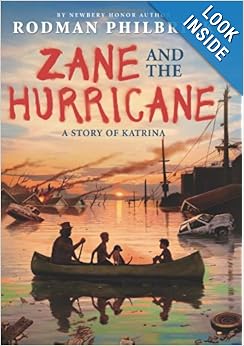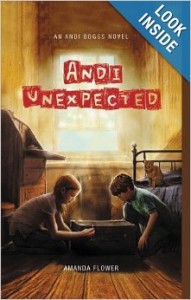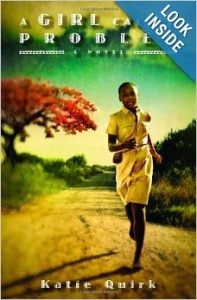 Middle grade fiction subtitled A Story of Katrina, Zane and the Hurricane tells about the adventures, or misadventures, of Zane Dupree, a visitor to New Orleans from New Hampshire during the worst disaster in the city’s history, Hurricane Katrina. And Zane sees the worst of the worst.
Middle grade fiction subtitled A Story of Katrina, Zane and the Hurricane tells about the adventures, or misadventures, of Zane Dupree, a visitor to New Orleans from New Hampshire during the worst disaster in the city’s history, Hurricane Katrina. And Zane sees the worst of the worst.
I remember Katrina, but I think I must have subconsciously blocked out many of the details of the news coming out of New Orleans in the aftermath of Katrina’s devastation. I think I found it hard to believe that, for a few days at least, lawlessness reigned, and the governing authorities were at least somewhat powerless to help survivors of Katrina’s floods and winds. I do remember the refugees that came to Houston from New Orleans and from other places in Louisiana and the crime that some of them brought with them. (Wikipedia says: “The number of homicides in Houston from September 2005 through February 22, 2006 went up by 23% relative to the same period a year before; 29 of the 170 murders involved displaced Louisianans as victims or suspects.”)
However, I also read that reports of the lawlessness in New Orleans after Katrina were exaggerated:
The aftermath of Hurricane Katrina was characterized by extensive reporting of looting, violence, shooting against rescuers, murder and rape. While some criminal acts did occur, such as the emptying of an entire Wal Mart, many reports were also exaggerated, inflated, or simply fabricated. Several news organizations went on to issue retractions.
The media reports did fuel a paranoid anxiety in many homeowners who decided to take up arms to defend their property. Investigations carried out in the years following the hurricane turned out evidence of violence by white vigilante groups against evacuees and survivors, usually young black men. For example A.C. Thompson, after extensive investigation and eyewitness interviews in New Orleans found that “at least 11 people were shot. In each case the targets were African-American men, while the shooters, it appears, were all white.†Wikipedia, Effects of Hurricane Katrina on New Orleans
So, take most of the bad things that really did happen during and after Katrina, and Zane Dupree sees or experiences them all: floods, heat, wind, looting, vigilantes, shooting, crime, death, lack of medical services, and more. This approach to telling the Katrina story through the eyes of a young survivor makes for a dark tale, but it’s deftly lightened by the heroism of Zane’s rescuers, jazz musician Trudell Manning and his ward Malvina Rawlins. Zane’s dog, Bandy the Wonder Dog, also adds a bit of humor and lightheartedness to the story. While Malvina tells very bad jokes (What did the ocean say to the ship? Nothing, it just waved!), and Mr. Manning tries to get himself and the two children to a safe place in a devastated city, Zane learns that that he can survive the worst of the worst, even in New Orleans,—with the help of family and friends.
Zane, the narrator, gives readers a warning on the first page that “there’s some really gross stuff in this book”, but most readers eleven or twelve and up have probably seen worse on television. However, if your child is particularly sheltered or sensitive, Zane and the Hurricane may not be the book for them. Other wise, it’s a good introduction to a sad episode in recent history and a good discussion starter. How would you act in a crisis? What if police were scarce and services such as electricity and food services were to disappear in a disaster? How would you treat your neighbors? How would they treat you?


